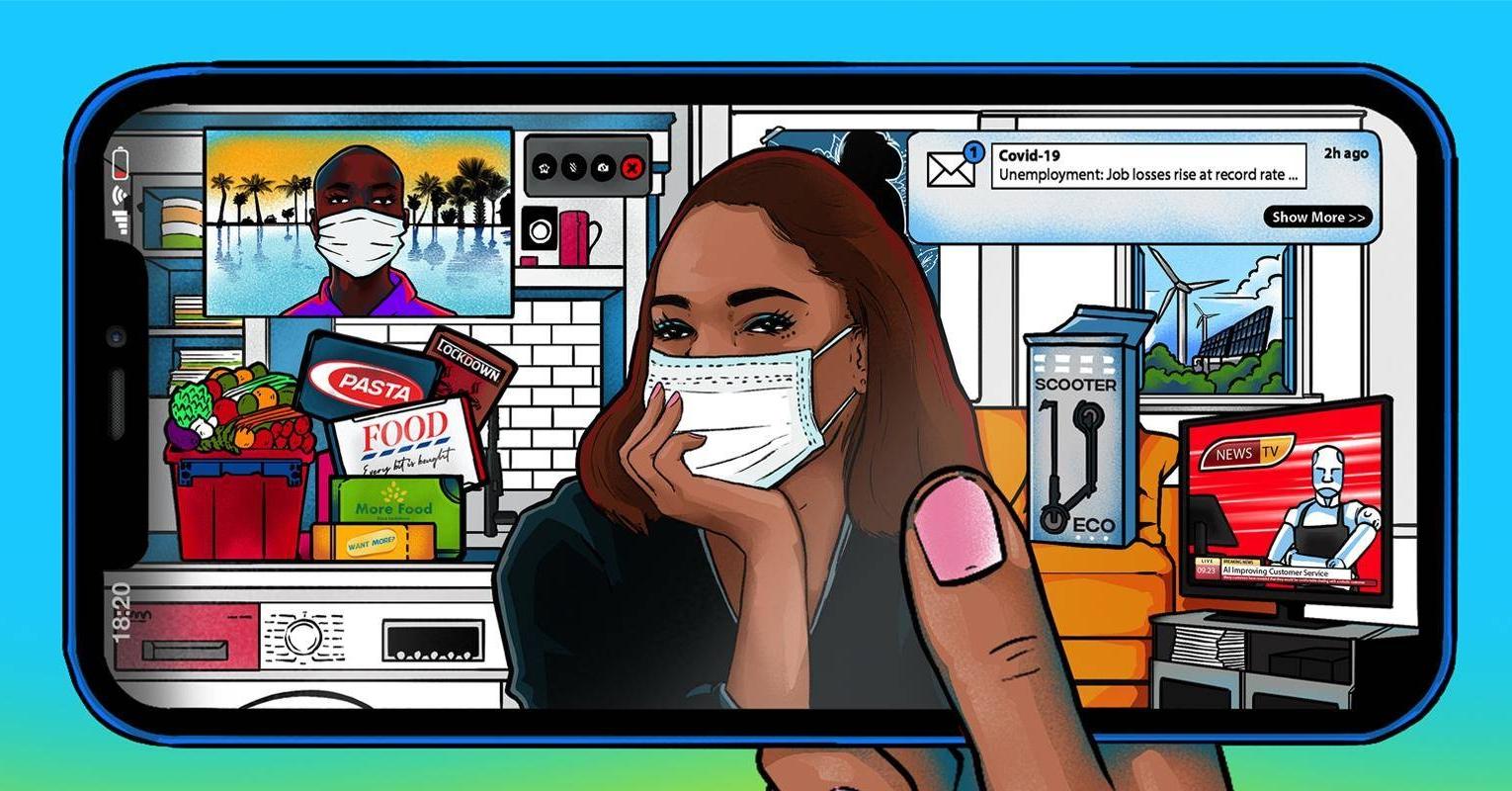It’s well known that the pandemic hit the UK restaurant industry hard but, while most people think that things have already returned to normal, there have been long-lasting effects that are still seen and felt today.
Data published by Statista illustrates this, showing that, as recently as in August 2022, UK restaurants saw almost 20% fewer seated diners compared to 2019’s pre-pandemic levels.
So how is the Covid crisis still impacting the sector today?
In this article, we’ll explore three effects of Covid-19 on the restaurant industry.
- Evolved consumer behaviours
One of the biggest changes resulting from the pandemic has been public food behaviours. According to consumer research published by the Food Standards Agency (FSA), most people began cooking from scratch more frequently. Additionally, more than one-fifth of respondents reported that they were more concerned about the healthiness and price of the food they were eating. It adds up to a greater reluctance to dine out.
- Greater focus on health and safety
The pandemic also introduced new risks for businesses, which had to adapt accordingly. This included restaurants, for which running safely was always complex but now faced even greater difficulties due to stopping the spread of the airborne virus.
Restaurant managers had to introduce extensive new hygiene measures such as extra ventilation, air purification, surface disinfection, handwashing and sanitising, as well as considering ways to cover specific liabilities through methods like restaurant insurance. We still see many of these reinforced health and safety measures in restaurants today.
Moreover, we now see the widespread use of contactless payment methods that remove the need for germ-harbouring money to change hands – another practice that massively accelerated in adoption as a result of the pandemic.
- New business models
Many people began thinking of restaurants as hubs for viruses because of the pandemic, forcing establishments to rethink their strategies. Many began shifting towards digital ordering, food delivery and food-collection models – off-premises services that allow consumers to purchase food without the need to sit inside a restaurant.
There are many benefits of using these models for restaurants. When used on their own, they allow for savings on space, electricity and other costs. Alternatively, when deployed in combination with on-premises dining, they allow restaurants to service more customers than for whom they have physical space on their premises. Having recognised these advantages, many restaurants are continuing to implement these models today.
While government support and schemes like Eat Out to Help Out helped the restaurant industry’s revenue bounce back quickly, there have nevertheless been long-lasting changes because of the pandemic.
The British public’s perception of eating out has changed drastically since the arrival of Covid, as have many restaurants’ ways of conducting business. The industry looks very different today as a result.

